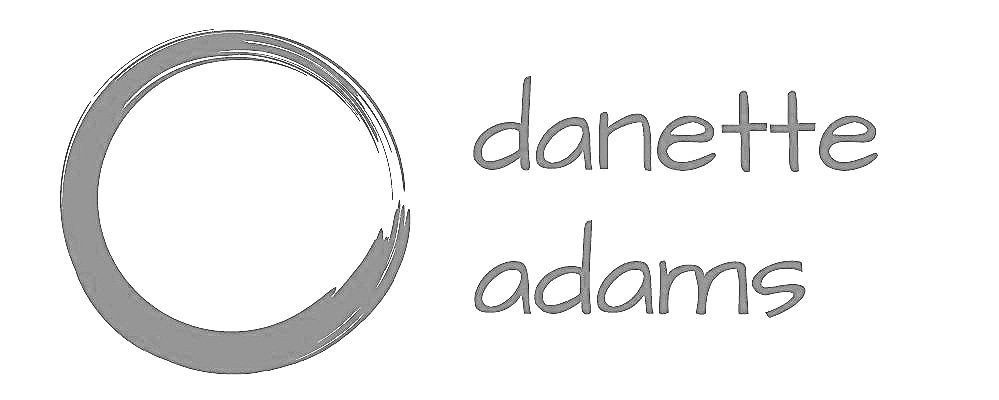that's why it's called practice
There are days that my practice happens on a yoga mat. Some days it exists on a meditation cushion. Some days it is simply moments of listening actively to another person who is standing right in front of me.
But every single minute of every single day, my practice is to see what is in front of me without passing declarative judgment. To see, notice, accept then make choices based on the reality of the situation, not on my judgment of what is in front of me.
This “resist the urge to judge” practice has been severely put to the test this week. News from many sources this week elicited responses that all reflected some sense that “this is good”, “this is bad” or “this is catastrophic”.
As soon as my judgment has been leveled and I’ve dispatched the labels “good”, “bad” or “catastrophic”, the situation in front of me now rises to the status I have given it.
And then my thoughts and emotions about it rise up alongside my judgment. And, as if from nowhere, it’s as if I’m in a blender with all aspects of the situation. No distance, no perspective and no escape.
My escalated emotional, reactional state lulls me into thinking I’m actually awake. But am I? Am I really awake?
The Taoist Farmer
A man named Sei Weng owned a beautiful mare which was praised far and wide. One day this beautiful horse disappeared. The people of his village offered sympathy to Sei Weng for his great misfortune. Sei Weng said simply, “That’s the way it is.”
A few days later the lost mare returned, followed by a beautiful wild stallion. The village congratulated Sei Weng for his good fortune. He said, “That’s the way it is.”
Some time later, Sei Weng’s only son, while riding the stallion, fell off and broke his leg. The village people once again expressed their sympathy at Sei Weng’s misfortune. Sei Weng again said, “That’s the way it is.”
Soon thereafter, war broke out and all the young men of the village except Sei Weng’s lame son were drafted and were killed in battle. The village people were amazed at Sei Weng’s good luck. His son was the only young man left alive in the village. But Sei Weng kept his same attitude: despite all the turmoil, gains and losses, he gave the same reply, “That’s the way it is.”
Our times call for a practiced measure of relaxed alertness. Be awake. Be aware. But don’t expect that escalation and reaction is the same as being awake.
If what is happening really is what it is, now what?
Instead of asking what my reaction to injustice will be, I could be asking, what is my response to it going to be?
Without emotional escalation and obsession with the unfairness of it all, what can I do now? On my mat? On my cushion? While listening to others?
Today, right now, can I choose tolerance, peace and resist the urge to judge beyond the usefulness of it?
Honestly? I don’t know. I really don’t know.
I’m kind of attached to my judgment of this mess. I’m kind of attached to the rage.
But that’s why it’s a practice.


